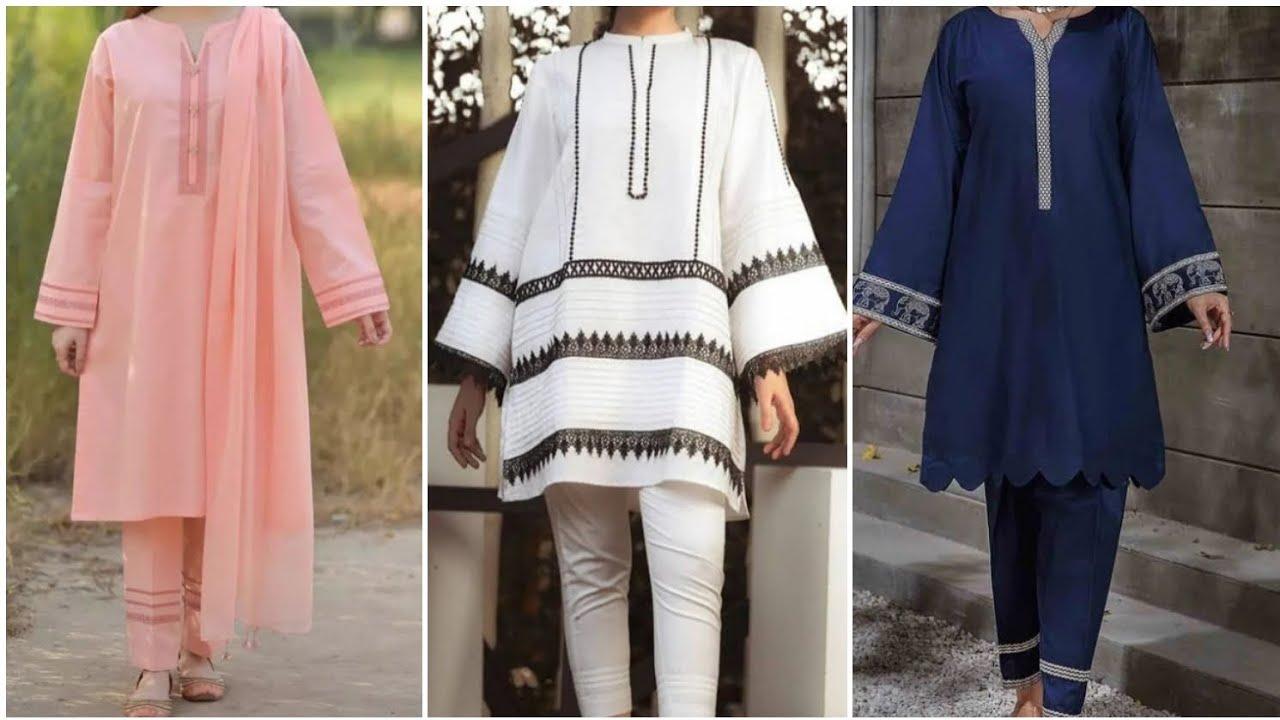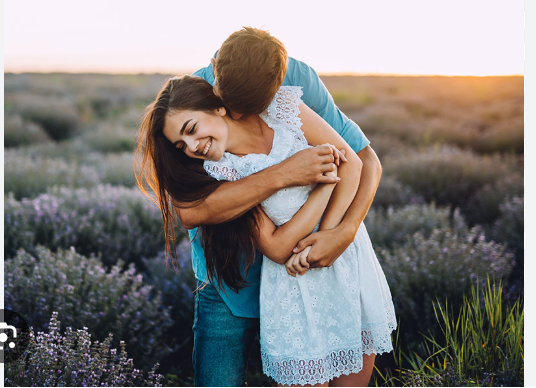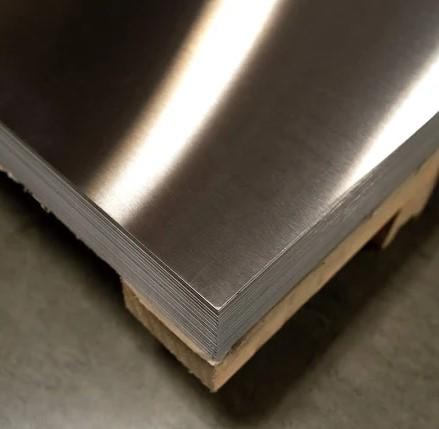What Are the Most Timeless Dupatta Embellishment Styles?

In Pakistani fashion, the dupatta is more than a piece of fabric — it’s a statement of grace, culture, and identity. Whether it’s draped elegantly over the shoulders or pinned perfectly for a festive event, the dupatta completes the traditional outfit with timeless charm.
And what truly makes it special? The embellishments — those delicate stitches, beads, and sparkles that turn a simple cloth into a masterpiece.
Let’s explore the most timeless dupatta embellishment styles that continue to capture hearts across generations in Pakistan.
1. Zari Work – The Royal Touch
Zari embroidery, also known as “zardozi”, is one of the oldest and most regal embellishment styles. Originating from the Mughal era, this technique uses metallic gold or silver threads to create intricate patterns.
You’ll often find zari borders or motifs on chiffon, silk, and organza dupattas — perfect for weddings and formal wear.
✨ Why it’s timeless: It exudes royalty and sophistication. Even a lightly zari-edged dupatta can transform a plain outfit into an elegant ensemble.
2. Mirror Work – The Sindhi Sparkle
Mirror work (also known as shisha or abhla bharat) reflects Pakistan’s Sindhi and Rajasthani influence. Tiny mirrors are hand-stitched onto the dupatta using colorful thread embroidery, creating a dazzling, festive effect.
Traditionally seen in Ajrak-style or Multani dupattas, mirror work adds a playful shine that catches light beautifully during cultural festivals.
✨ Why it’s timeless: It’s vibrant, traditional, and instantly eye-catching — a must-have for festive occasions like Eid or mehndi events.
3. Gota Patti – The Wedding Favorite
Originating from South Asia’s royal courts, gota patti is a gold or silver ribbon embroidery technique that gives dupattas a rich, ornamental look. The shiny “patti” is carefully sewn into floral or geometric motifs.
You’ll often see it on wedding dupattas, especially paired with lehengas or ghararas.
✨ Why it’s timeless: It adds bridal glamour without being heavy. Its classic shimmer never goes out of style.
4. Chikankari – The Epitome of Elegance
Delicate, detailed, and divine — chikankari embroidery is pure elegance. Originating from Lucknow and embraced in Pakistani fashion, this hand-stitched white threadwork looks stunning on light fabrics like lawn, chiffon, and organza.
A chikankari dupatta gives a soft, dreamy vibe — ideal for summer wear and minimalist fashion lovers.
✨ Why it’s timeless: Its simplicity and sophistication make it perfect for both casual and formal wear. It’s beauty in understatement.
5. Kiran and Lace Borders – Vintage Glamour
Remember the sparkling fringes your grandmother’s dupattas had? That’s kiran work, featuring golden or silver fringes sewn along the borders. Often paired with lace or gota edging, it adds a touch of nostalgia and vintage charm.
This style remains popular for mehndi events and traditional functions.
✨ Why it’s timeless: It connects old-school glamour with modern trends — simple yet festive.
6. Hand Embroidery – The Heart of Pakistani Craftsmanship
Hand embroidery remains one of Pakistan’s most loved embellishment techniques. From phulkari (floral embroidery from Punjab) to Multani thread work, every region adds its own touch to dupatta decoration.
Each handmade piece carries the artisan’s creativity and effort, turning a dupatta into wearable art.
✨ Why it’s timeless: It’s authentic, detailed, and uniquely beautiful — no two pieces are ever the same.
Read more: afrozeh pakistani clothes uk, republic pakistani clothes, sana safinaz sale uk, maria b sale uk, hussain rehar lawn
7. Sequins and Beadwork – A Sparkle That Never Fades
For those who love a bit of shimmer, sequins, pearls, and beadwork are the go-to embellishments. These adornments are hand-sewn to create borders, motifs, or all-over patterns.
Commonly seen in formal chiffon or net dupattas, they add festive elegance without overwhelming the outfit.
✨ Why it’s timeless: It adds just the right amount of sparkle — perfect for weddings, parties, and festive nights.
8. Block Printing – The Artistic Classic
Block-printed dupattas, often paired with hand embroidery or mirror work, are a true celebration of craftsmanship. Artisans use wooden blocks dipped in dye to create repetitive floral or geometric motifs on cotton or silk fabric.
This centuries-old technique is still widely loved across Sindh and Punjab.
✨ Why it’s timeless: It’s sustainable, artistic, and carries an earthy, traditional vibe that suits all ages.
9. Kamdani and Mukaish Work – Subtle Sparkle for Sophisticated Looks
Kamdani (or mukaish) is a delicate art involving metallic dots or tiny wires pressed into the fabric to create shimmering patterns. Commonly done on chiffon or silk, it adds an elegant, soft glow rather than an overpowering shine.
Ideal for formal gatherings and Eid wear, it’s the definition of quiet luxury.
✨ Why it’s timeless: Its subtle glimmer stands out in its simplicity — an eternal choice for elegant women.
10. Appliqué and Cutwork – Artistic Modern Classics
Appliqué involves sewing pieces of contrasting fabric onto a base dupatta to form decorative designs. Cutwork, on the other hand, features sections cut out and bordered with embroidery for a delicate lace-like effect.
Both styles have evolved beautifully, merging tradition with creativity.
✨ Why it’s timeless: It’s artistic, versatile, and adds a handcrafted charm that fits both classic and modern aesthetics.
Conclusion
The dupatta isn’t just an accessory — it’s a symbol of grace, culture, and timeless beauty. Whether decorated with zari, gota, or mirror work, each embellishment style tells a story of artistry and heritage.
Even as fashion evolves, these embellishment techniques remain close to the heart of Pakistani women — a perfect blend of tradition and trend.
So, next time you drape a hand-embellished dupatta, remember: you’re not just wearing fabric — you’re carrying history, craftsmanship, and elegance woven together in every thread.
FAQs
1. Which dupatta embellishment is best for weddings?
Gota patti, zari, and heavy beadwork are the most popular choices for bridal or festive wear.
2. What type of dupatta is best for casual wear?
Chikankari, block-printed, or lightly embroidered cotton dupattas work beautifully for everyday use.
3. Are hand-embroidered dupattas expensive?
They can be, depending on the craftsmanship and time invested — but the beauty and longevity make them worth it.
4. How can I preserve embellished dupattas?
Store them in muslin cloth, away from sunlight and moisture. Avoid hanging heavy dupattas to prevent fabric stretching.
5. What fabrics are best for embellished dupattas?
Chiffon, organza, silk, and net are ideal for intricate embellishments, while cotton and lawn are best for light embroidery or block prints.








